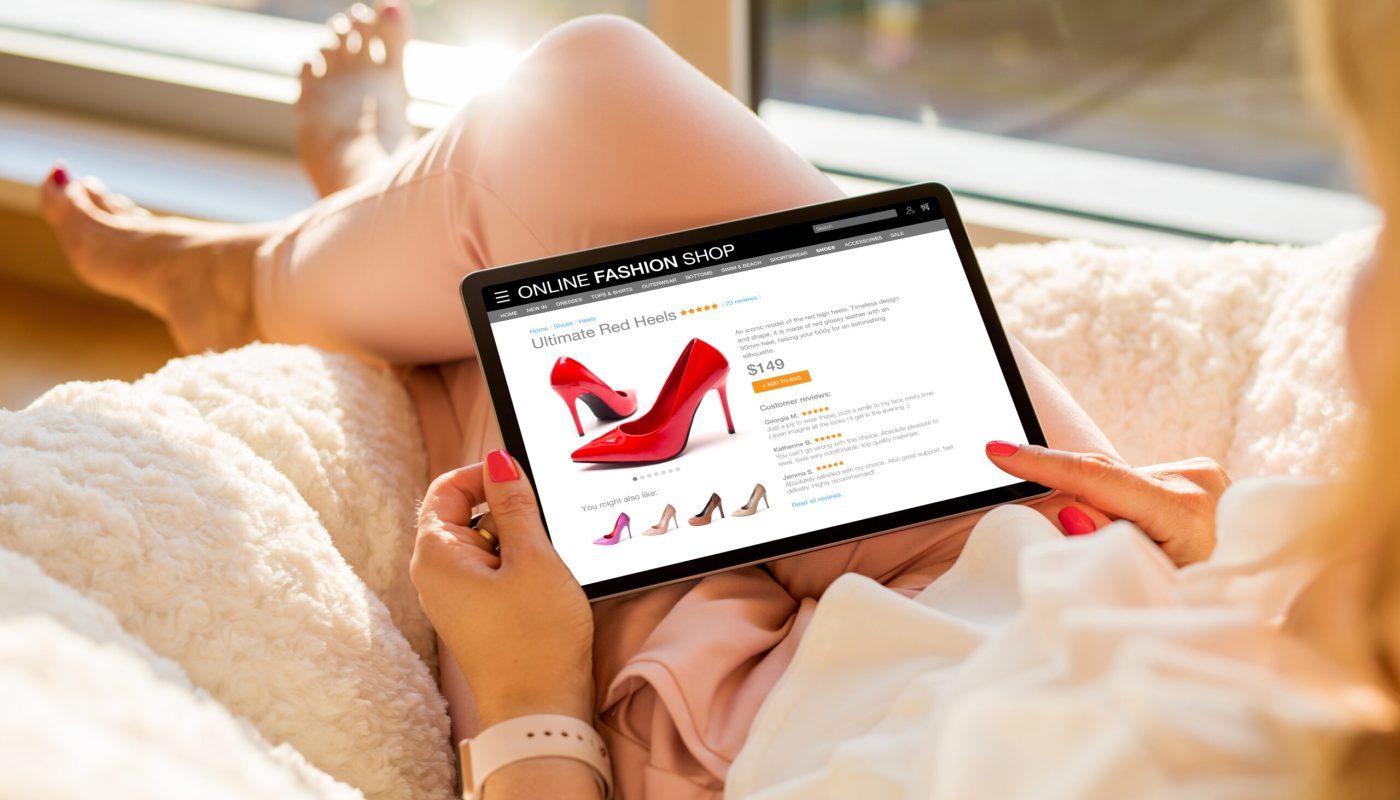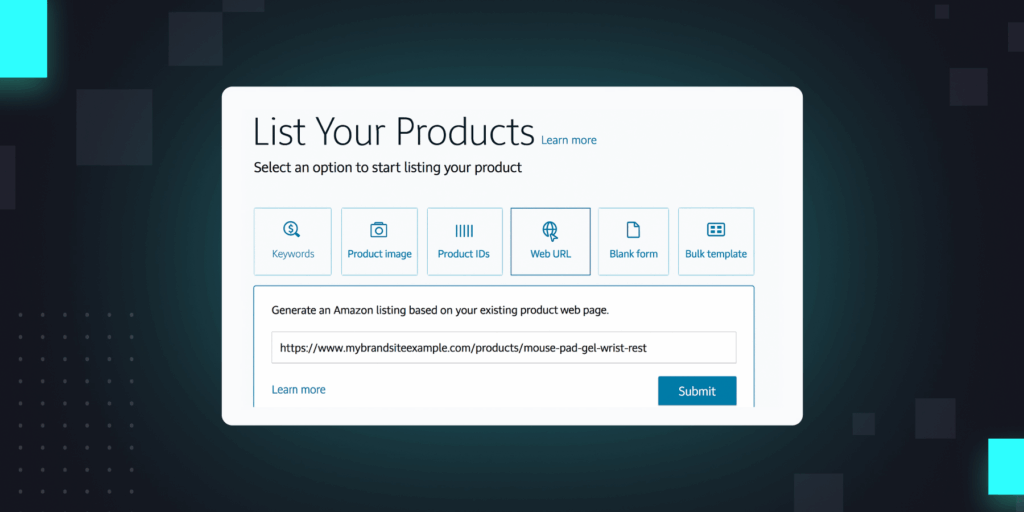Should you use Amazon Vine? The Amazon Vine program offers brands on Amazon an easy, inexpensive way to increase their review count.
Most sellers already know that both their total number of customer reviews and their overall rating are essential to their growth on Amazon. Amazon places a lot of weight on both factors when it is deciding how highly to rank a certain product in search results.
The reality is, shoppers just aren’t going to buy your product if you don’t have a lot of reviews.
But how do you boost your review count on Amazon? It’s not easy. Only about 1.5% of your customers will organically review your products, according to Joshua Rawe of eSpark. That means, to grow your review count, you’re probably going to need to find some more creative ways to get people reviewing.
Amazon Vine is one way. In exchange for a fee, you can get your product in front of high-quality reviewers pre-selected by Amazon.
How does the Amazon Vine program work?
If you’re deciding whether Amazon Vine is right for you, first, make sure you’re eligible.
To qualify for Amazon Vine, you need to:
- Be in the Brand Registry
- Have under 30 reviews on your ASIN
- Use FBA for shipping and fulfillment
If that describes your product, then you should be able to enroll it in Vine. From there, Amazon will send up to 30 free products to Vine reviewers on your behalf.
To protect the privacy of Vine reviewers, their names will be kept anonymous in your Orders tab. That’s where the FBA requirement comes in: It allows Amazon to send products to Vine reviewers discreetly.
You can enroll as many as 200 ASINs at once in the Vine program. Amazon claims it helps boosts sales by 30%.
Who are Amazon Vine reviewers?
Only select reviewers are eligible for the Amazon Vine program. Amazon handpicks these reviewers based on their review rank and their percentage of helpful votes, among other factors.
The exclusivity of the program generally means that Vine members will leave high-quality reviews of your products. Many also add images and videos into their reviews, which can make your product page look more appealing.
Vine reviewers choose you, not the other way around. Vine reviewers pick your brand out of a list of products that are eligible for Vine. You will only get a Vine review if a reviewer selects your product.
It’s important to note, too, that Vine reviews are not required to leave a review even if they do receive your product. Unfortunately, you likely won’t see a 100% review rate.
When should I use Amazon Vine?
Amazon Vine—along with other programs aimed at boosting your customer review count—is most helpful for brands who have recently launched new products.
Getting reviews quickly is essential for any successful product launch. When you first launch a new product, Amazon creates a halo effect, where it ranks your product more highly than your other metadata (such as your review count) suggests it should be.
It’s important to use this halo period to accrue a large number of reviews quickly, so that you can maintain a favorable slot in Amazon’s organic rankings.
Amazon Vine is one of the tools that helps you do this. There are other options as well, such as running email campaigns targeted to your DTC shoppers and asking them to buy from you on Amazon and then write a review.
We discussed this and other review-boosting strategies in our recent webinar on product launches.
How quickly are Vine reviews published?
Generally, Vine reviews should start appearing on your product page a few weeks after you first enroll.
Exactly when depends on how many Vine reviewers request your product, and how fast they are. On average, according to the e-commerce agency Acadia, Amazon Vine reviews start to surface around 22 days after your initial enrollment.
How much does the Vine program cost?
Starting in October 2023, Amazon introduced a new pricing program for 3P brands that want to use Amazon Vine. The price now varies based on the number of product units—and therefore, potential reviews—you want to send.
2 units for $0 per ASIN
At the lowest level, sellers can have two units of any of their ASINs sent to Vine reviewers for free. This means that you can get up to two Vine reviews per ASIN for free. (The reviews aren’t guaranteed, however, since Vine can’t guarantee reviews.)
10 units for $75 per ASIN
Send 10 units per ASIN to Vine reviewers, and get up to 10 reviews for $75.
30 units for $200
This is the standard pricing tier for 3P sellers. Amazon charges a $200 fee for 3P sellers in exchange for sending 30 units per ASIN to Vine reviewers. That fee is the same regardless of how many reviews you receive.
It’s important to note that the above prices are crafted for 3P sellers specifically. In all cases, pricing may differ for vendors.
On top of those fees, brands also need to cover the cost of the free products that Vine reviewers receive.
Keep in mind, however, that the fee is only charged if you do receive at least one review from the program. Amazon can’t guarantee Vine reviews. So if 90 days pass, and you don’t get any new reviews from Vine customers, then you will not be charged.
What are the limits of Amazon Vine?
We mentioned earlier that the Amazon Vine program is only aimed at products with fewer than 30 customer reviews. That applies retroactively, too. As soon as your product crosses that 30-review threshold, it stops being eligible for new Vine programs.
In other words, you can never get more than 30 reviews from Vine.
If you’re looking to add, say, hundreds of new reviews to your product page, then Vine is not the way to do it.
Besides Vine, how else can you boost reviews?
You can always use Amazon’s “Request A Review” option, which allows you to encourage customers who recently bought from you to leave a review.
The “Request A Review” feature is available on your Order page. When you press this button, Amazon sends an automated email to the shopper asking them to leave a review.
One downside: You have to request reviews manually from each customer. That is, unless you use an external partner to help you request reviews at scale. Companies like JungleScout can help you to send these review requests in larger quantities.
Can I use Vine reviews to improve my product?
Once your Vine reviews start trickling in, you might notice certain commonalities.
Maybe many of your reviewers encounter the same issue with your product or your packaging. Or maybe, based on your content, they face the same confusion about what the product does.
Once you start accruing reviews—whether they are Vine reviews or not—it’s important to begin analyzing those reviews for patterns. At Intentwise, we have written about how AI can help you analyze your reviews at scale and pull out common sentiments that are worth your attention.
Analyzing these reviews at scale starts with exporting your reviews as a data source. From there, searching for patterns in those reviews is easy. When you use Intentwise Analytics Cloud, we can pull all of your reviews off of Amazon and into our platform for you.
That way, you can see your customer reviews alongside other critical data points, such as your ads and retail data.
(Want more content like this? Be sure to subscribe to our newsletter.)







